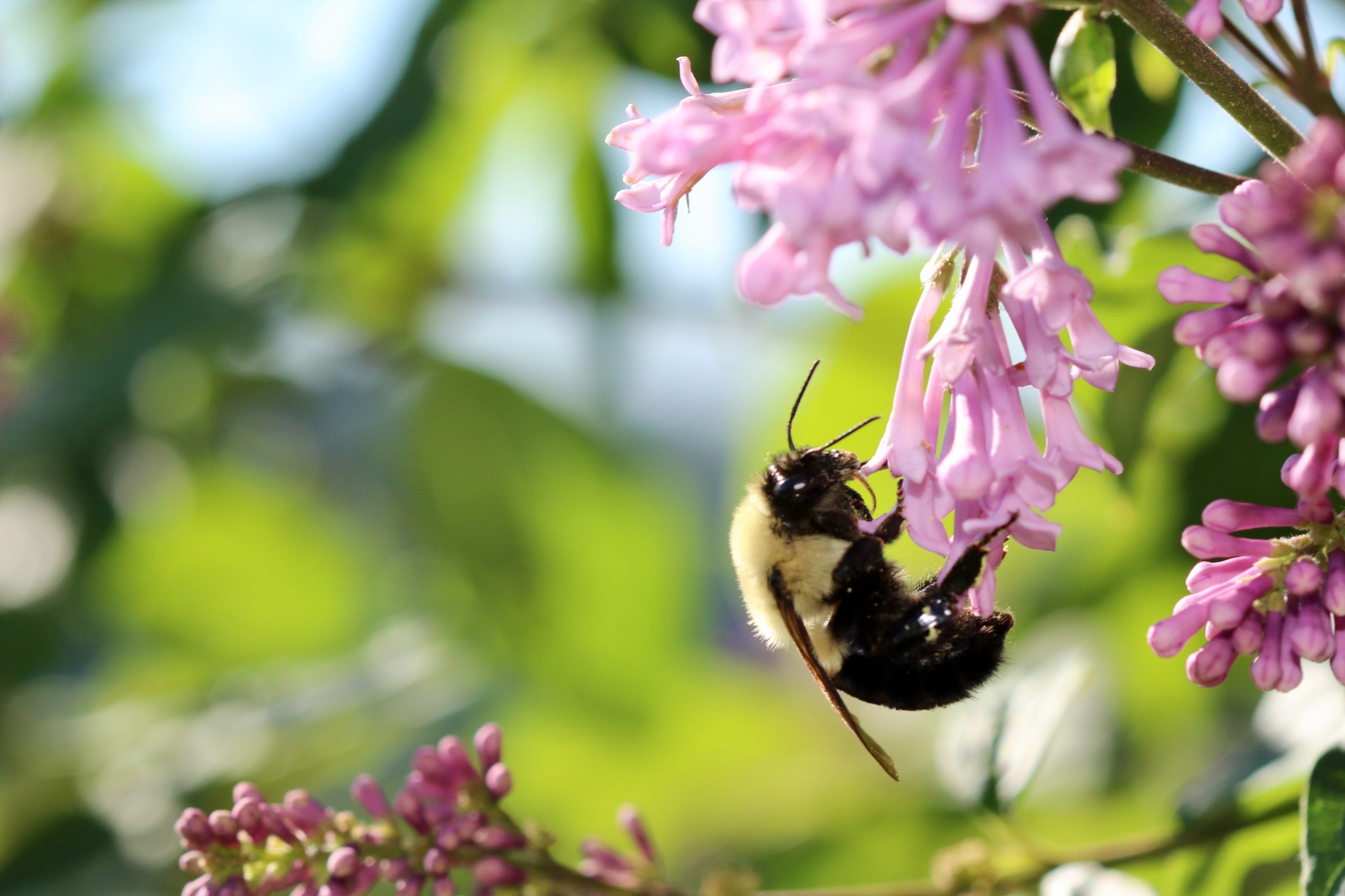
Why we should save the bees, especially the wild bees who need our help most
Protecting pollinator habitat and cutting back on the use of bee-killing pesticides can help save bees of all stripes.
We are working to save the bees - from asking Amazon to stop selling bee-killing pesticides to sharing bee-friendly garden tips - and you can help.
Bees play a crucial role in our lives. But as our society uses more pesticides, their populations are plummeting. Fortunately, we know how to help them: protecting already-existing bee habitat, expanding habitat by planting pollinator-friendly plants in our own gardens and on public lands, and ending the worst uses of the pesticides that are killing them. Together, we can save the bees.
Protecting pollinator habitat and cutting back on the use of bee-killing pesticides can help save bees of all stripes.
TAKE ACTION
Learn more about the ways our world relies on bees.
A glance at PIRG's, Environment America's plans to serve the public interest in the new year
Environment America, its state groups celebrate national, state, local victories for the public interest
These bee-killing pesticides are banned in Europe, but Amazon will deliver them right to your door in most states in the U.S.
Legislation would encourage use of native plants in federal projects
Senior Director, Conservation America Campaign, Environment America
